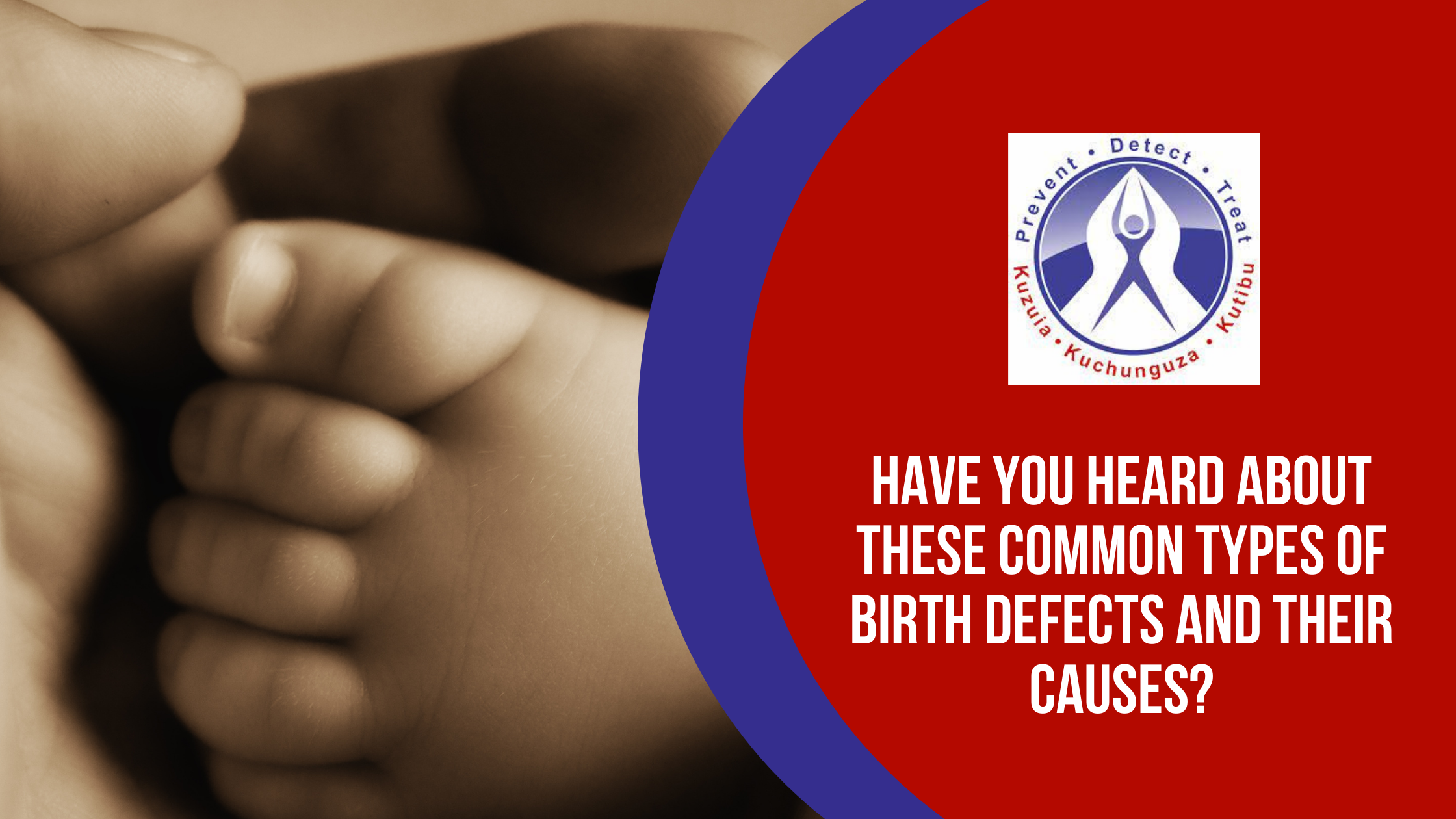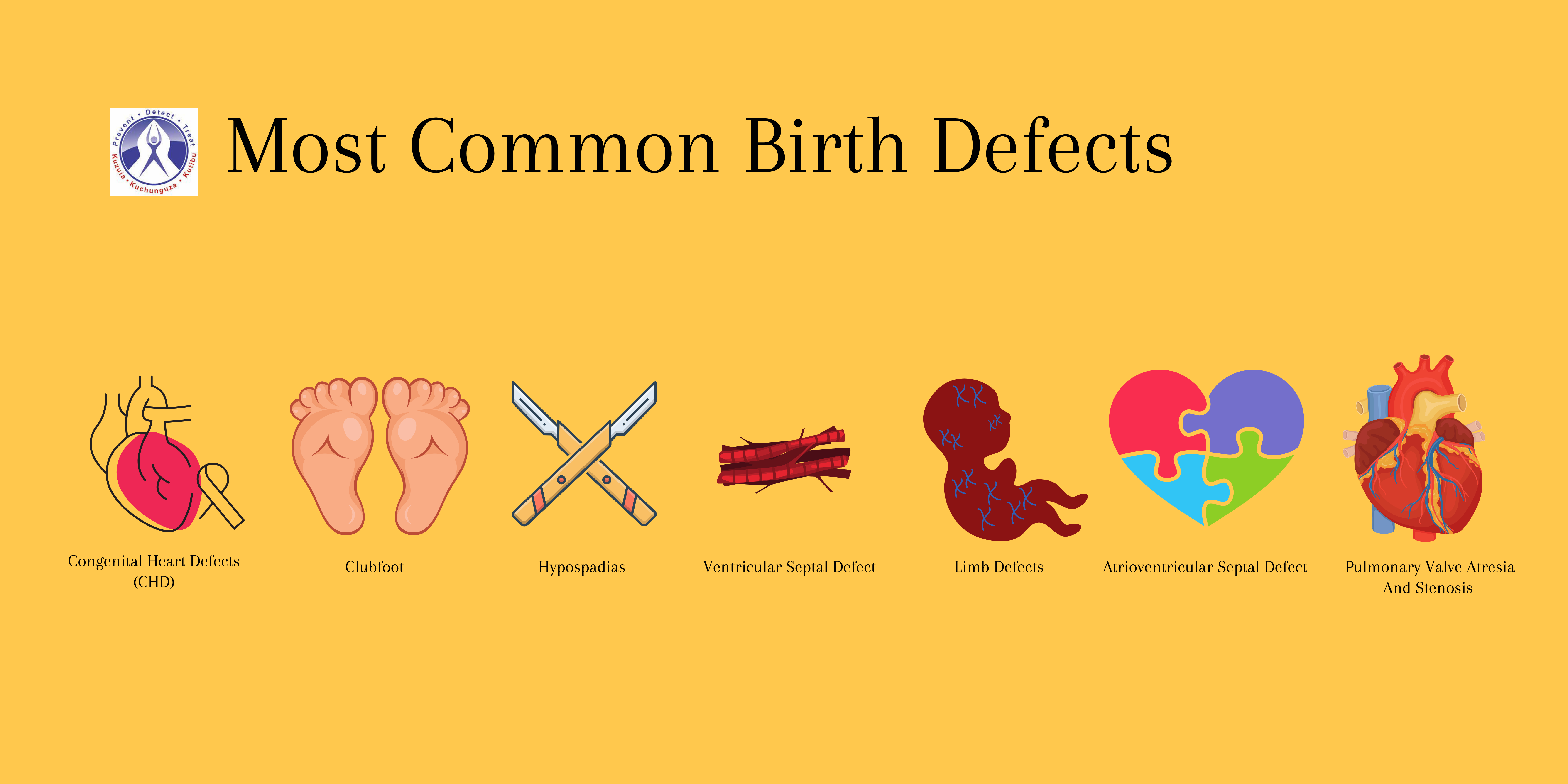Have You Heard About These Common Types of Birth Defects and Their Causes?
319 views
A defect that occurs when a baby is developing in utero is commonly termed a birth defect. They might vary in severity and be detected in different organs, but some of them are harmless too. These defects are formed when the mother is just three months pregnant and the organs are still in the developing stage.
Also, known as congenital disorders or congenital malformations, surprisingly these defects are believed to affect about 100,000 babies every year. When these defects are diagnosed, it is a piece of devastating news for the parents, but if given the right treatment and care, the baby can have a healthy future ahead. Here’s a compilation of a few common birth defects causes and common types.
List of Birth Defects Causes
People often come up with questions that are birth defects genetic. But, it is not the case always. The birth defects might be a result of various conditions as follows:
- Lifestyle patterns
- Dietary habits
- Exposure to certain chemicals
- Side effects of certain medications
- Genetics
- Smoking during pregnancy
- Consuming alcohol during pregnancy
Most Common Birth Defects
There is no sure shot way to avoid any kind of birth defect. But thanks to the medical advancements now it’s possible to detect most of them in advance, and once the baby is born, they can be given the proper treatment. Here are a few common birth defects based on the statistic of the CDC.

- Congenital Heart Defects (CHD): This birth defect that occurs once in 110 births, is a term used to describe issues related to heart structures and malfunctioning of the organ. These defects are caused due to irregular blood flows because of the holes in the heart and other specific parts of the heart like the aorta.
- Clubfoot : Clubfoot, which occurs once in every 593 births is an abnormality where the foot is found to be turned inward. This condition is often found more in boys as compared to girls and is usually found after birth. It can be treated through stretching and bracing but at times surgery is also recommended.
- Hypospadias : A condition where the opening of the penis is on the underside rather than the tip is termed hypospadias. This is a rare congenital condition that is extremely common in kids who have a family history of the same. Surgery is performed for the proper flow of urine before 18 months of age to treat this condition.
- Ventricular Septal Defect : One of the most common types of heart defects, Ventricular Septal Defect(VSD) is a condition where there is a hole in the heart. This birth defect is present since birth where a hole is found in between two chambers. A small VSD usually causes no problems at all and close on their own, while medium and large require surgery at an early stage to avoid complications.
- Limb Defects: If an arm or leg doesn’t form as the baby grows in the uterus, it is usually a condition of limb defect. Though the exact cause is undetermined, it is believed that exposure to chemicals or genetic conditions might be the underlying reason. Once the baby is born, the doctor can suggest if it can be treated or an artificial limb is needed by the baby.
- Atrioventricular Septal Defect : Again a type of heart defect, this one is riskier as the baby has a hole in the heart as well as there is a problem with the heart valves. If the baby has a partial defect, it would mean there is some issue that involves a hole lying between the atria and an abnormal mitral valve. On the other hand, a complete defect means there’s a large hole where the atria and ventricles meet and an abnormal valve between the atria and ventricles instead of having separate valves.
- Down Syndrome: Also known as Trisomy 21, Down syndrome is a chromosomal abnormality, where the baby has an extra copy of chromosome 21. This birth defect might be responsible for physical deformities and developmental challenges.
- Cleft Lip With Cleft Palate: A birth defect where both the lips don’t join as the roof of the mouth doesn’t join completely is known as a defect called cleft lip with cleft palate. This defect can be resolved using surgery in the first 12 to 18 months of birth.
- Pulmonary Valve Atresia And Stenosis : If the pulmonary valve in the baby doesn’t exist or is too thick or fused, it is known as pulmonary valve atresia and stenosis. This defect tampers the blood flow in the lungs and causes complications due to it. It can be treated using surgery or medicines, depending on the severity.
Our lifestyle patterns contribute majorly to causing such defects as adequate nutrition is not received by the baby or the mother. But, following a proper care plan suggested by the doctor and taking regular screenings can help you in the early detection of such defects. The Gynaecology and Obstetrics Department at Regency Medical Centre offer a safe and secure environment for the newborn and the mother. Be it painless deliveries, management of high-risk pregnancies, late pregnancies and many others are managed at the hospital. Furthermore, their child care department is well-equipped to treat these birth defects and provide the required care and treatment. You can book your appointment with us and take a step towards a healthier future for your family.

